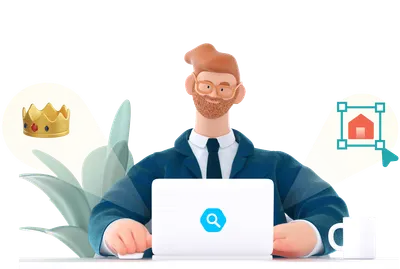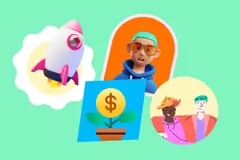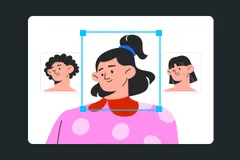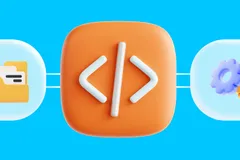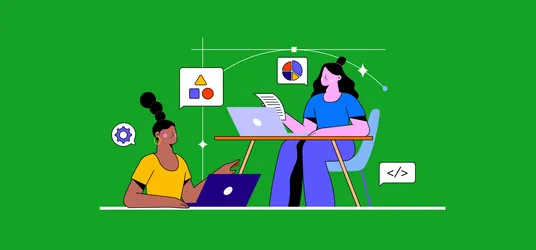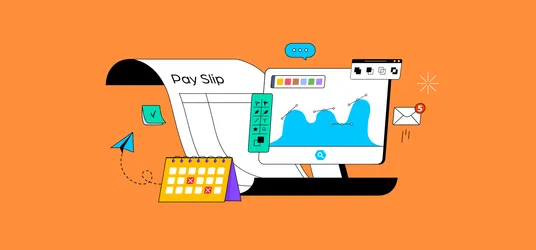
Product Designer Guide: Salaries, Skills, Responsibilities and More
How much can you earn as a product designer? Here’s what you need to know about product design as a career.
Product design is important in this digital age. With the growth in dynamic mobile apps, responsive web design, user-friendly websites, design has evolved with a customer-first mindset.
This brings us to the rising importance of product designers. It can be a fruitful career path for designers who are critical thinkers and would like to explore the business side of things. In this guide, we’ll cover the average product design salary, how you can boost your asking price, and what skills you’ll need to be a great one.
Are product designers in demand?
Product designers are very much in demand these days as they are essential for booming industries such as tech companies. In fact, CareerFoundry reports that product designers have the highest demand when it comes to design roles, especially in start-ups, large product-based corporations and software companies.
Dribbble’s Design Industry Trend Report also echoes this as it states that the most in-demand roles in 2022 are product designer jobs. This is because they are considered the driving force of key items including websites, and mobile iOS and Android apps - powerful tools in this digital age.
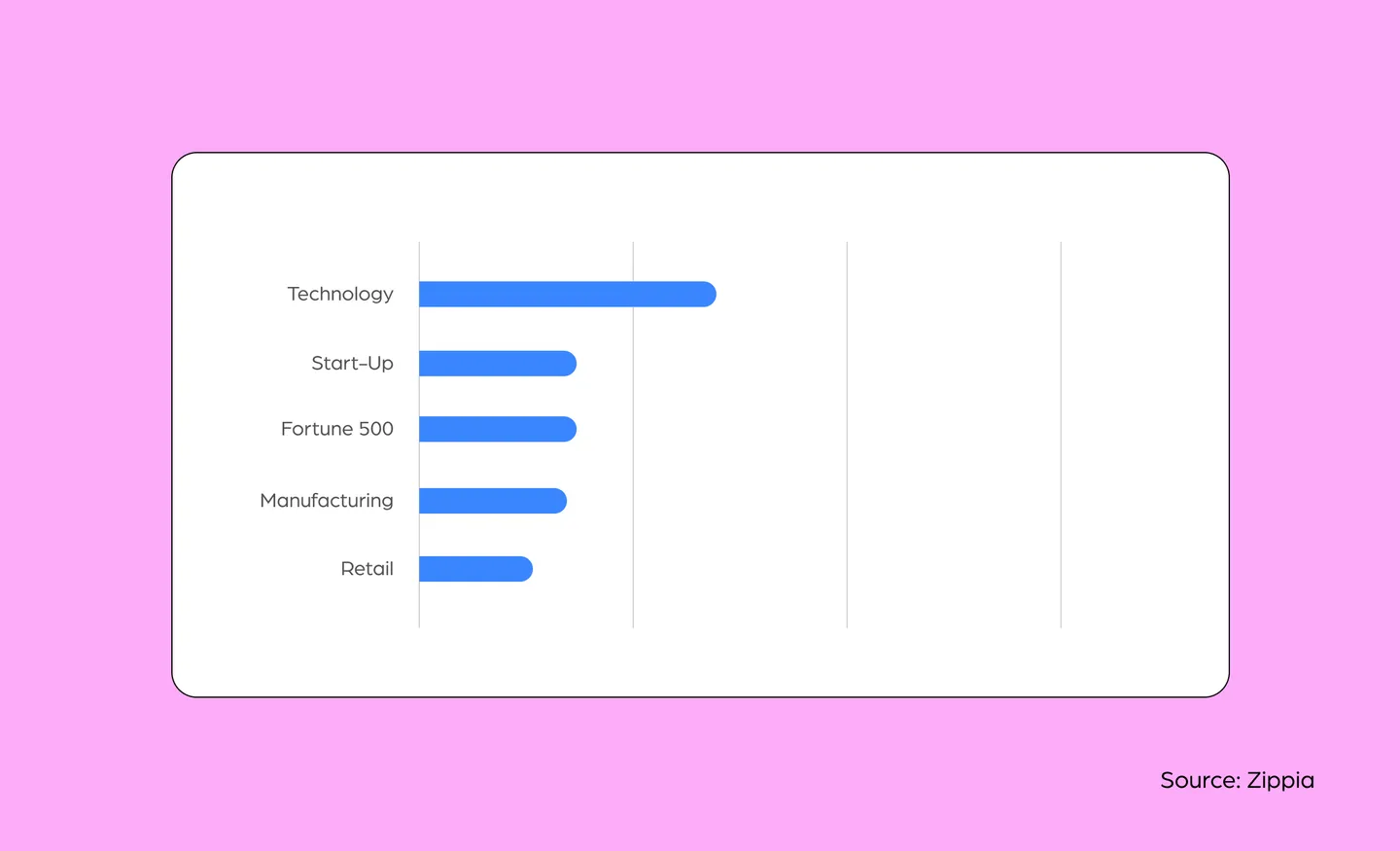
According to Zippia, product designers are most in demand within San Francisco. The majority of demand comes from tech companies, followed by start-ups and Fortune 500 companies.
What does a product designer do?
There can be a bit of confusion when it comes to a product designer’s role. This is because it seemingly clashes with the role of a User Experience (UX) designer. While there are similarities, their overall job scope varies greatly. A product designer works on the end-to-end journey of a product, while a UX designer focuses on a specific part of the design (mostly in the initial stages of design work such as website or app wireframes).
A product designer takes hold of the project even after completion - they work on improving and optimizing the design to be user-friendly, leading to various versions after the initial wireframe or prototype.
Optimization can include A/B testing designs to understand items such as what icons work best, what copy translates better with design, and what is missing from the overall design. They also work with other teams, such as sales and marketing, to gather data in order to build prototypes, plan or analyze what works and what doesn’t.
What skills and responsibilities does a product designer need?
In a nutshell, product designers are tasked to come up with solutions to consumer problems. Here are some main skills and responsibilities a product designer should have.
Skills
A product designer wears many hats because they are involved in the project from start to finish. The skills we have listed are reflected in surveys conducted by PayScale which lists UX design, design, product development, user interface (UI) design and interaction design as key skills.
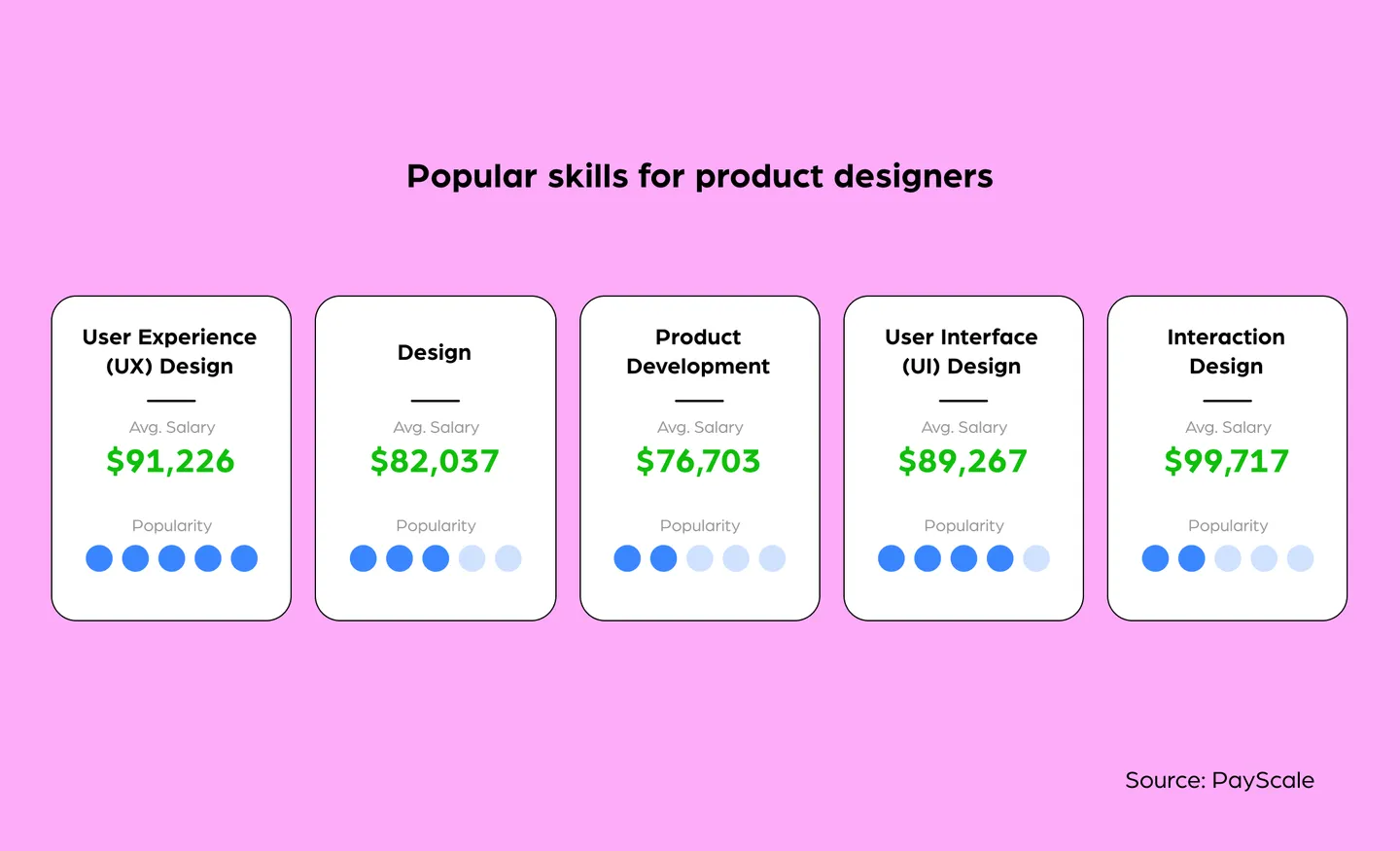
- UX or user interface (UI) design: What a product designer does largely depends on building user-friendly interfaces and products. With this, a product designer will need to understand the concepts of building a wireframe and prototyping according to the needs of the consumer. This means knowledge of UX and UI design are very important to know what you can and cannot do with design. Apart from that, this role works closely with UX and UI designers, while understanding tools such as Figma come in handy.
- Visual design: As with every design role, a product designer will still need to know basic design principles and skills such as typography or color. While product designers work to optimize products to be user-friendly, aesthetics also count - after all, products still need to look good to appeal to the audience.
- Project management: A product designer is involved in every step of a project, which means project management is important. This role will collaborate with other teams that are required, such as marketing and sales. You’ll need plenty of people skills, critical thinking skills and problem solving skills.
Responsibilities
Product designers are among the key owners of a project, so their role goes beyond just design. These are a few things that they are responsible for.
- Product optimization: While product designers take on a project from start to finish, they also go on to optimize it. What this means is that once the initial prototype or wireframe is developed and live, product designers will take into account data on how elements are performing. They may play around with icons, or rework the overall design in a later phase to make it as user-friendly as possible. Product designers cater to the customer and will need to think critically on how to solve problems encountered by customers in terms of design.
- Team collaboration: Because product design takes into many aspects including data and content, a product designer will have to collaborate with different teams. They will need to understand and interpret data gathered from other teams such as sales and marketing.
- Designing: Of course, product designers are expected to design - it is their key role. However, they will need to understand more than just aesthetic visual design. As we’ve covered in the skills above, they will need to understand UX/UI design and will work together with UX and UI designers to create the final product. However, it is the responsibility of a product designer to bring the customer-first mindset to the design itself, by interpreting data and translating it for the UI or UX designers.
How much is a product designer's salary?
It varies. It also depends on which statistics you gather. The averages from job boards are based on data they have collected from companies who use their platform.
Product designer salary by location
The average salary in general within the United States (US) is estimated to be $119,798 annually, based on Talent.com. California (CA) reports the highest average for product designer salary with $140,000 annually, followed by New York ($129,956) and Georgia ($127,500).
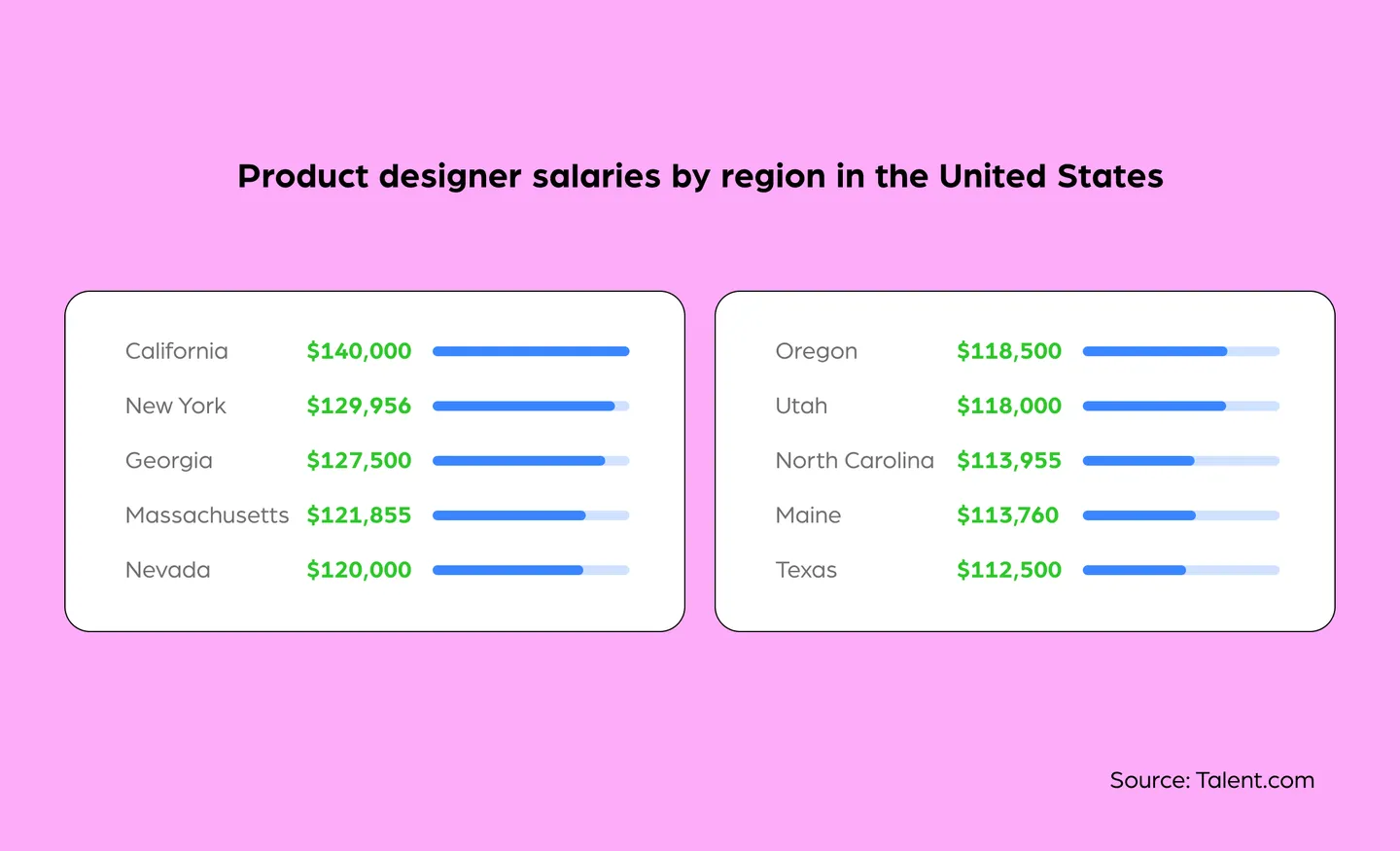
Meanwhile, Zippia records an average salary of $100,849 for product designers, which isn’t far off from Talent.com. Zippia’s data correlates with Talent.com as the highest average for product designer salary is in San Francisco, CA with an average of $129,917.
However, there is a stark difference in the average wage recorded by Indeed, with only $89,857 annually. The average income could be lower because of data from areas such as Cincinnati, Auburn Hills, Houston and Minneapolis that give off lower figures.
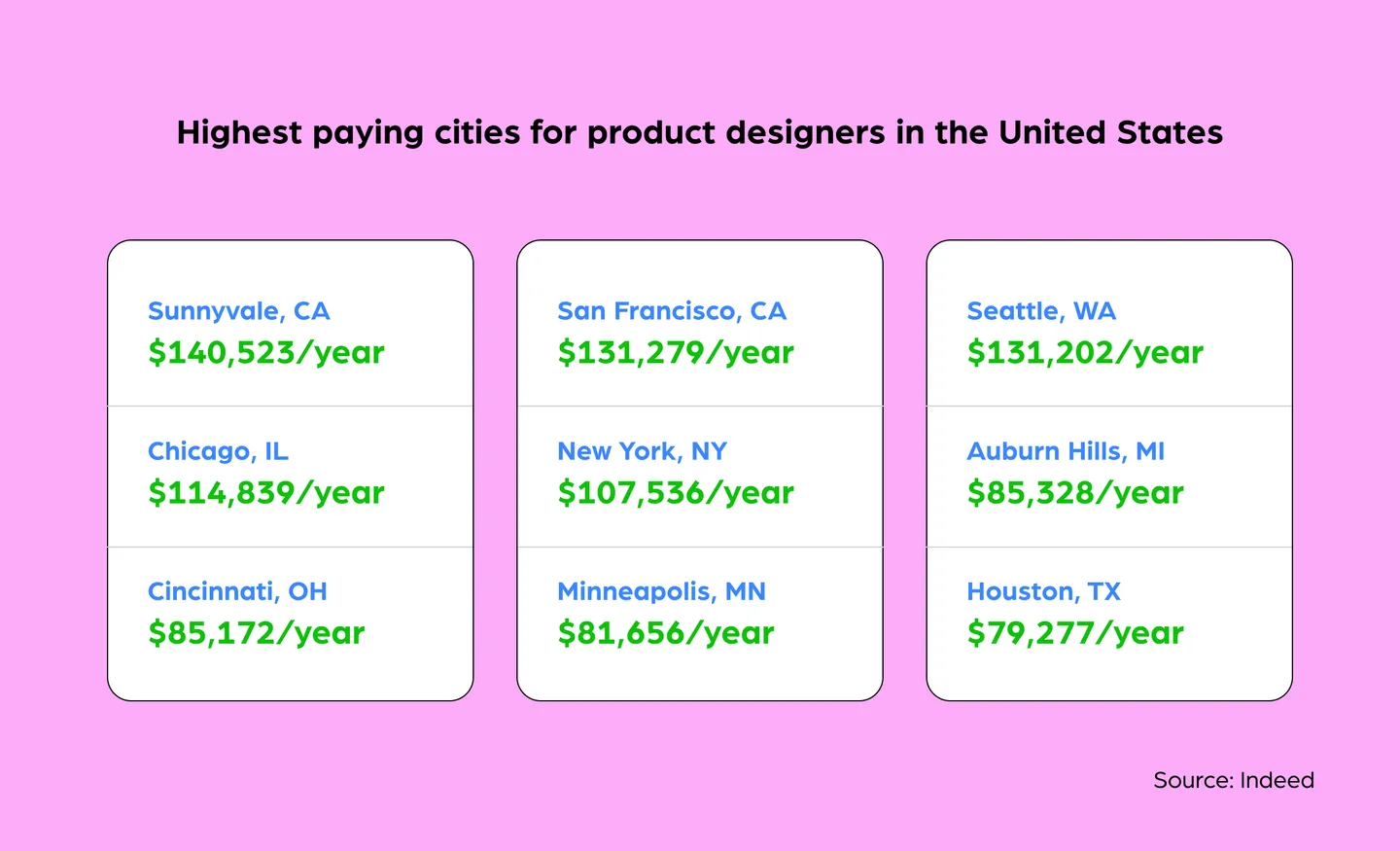
Based on Indeed, Sunnyvale and San Francisco report the highest average product designer salary with $140,523 and $131,279 respectively - this matches data from both Talent.com and Zippia.
Meanwhile, Glassdoor reports an average of $105,448 annually, with the highest at $172,520. PayScale reports a lower average with $86,862, with the highest being estimated at $131,000.
Product designer salary by experience
Now, let’s look at the levels of product designers' annual salary based on these job boards.
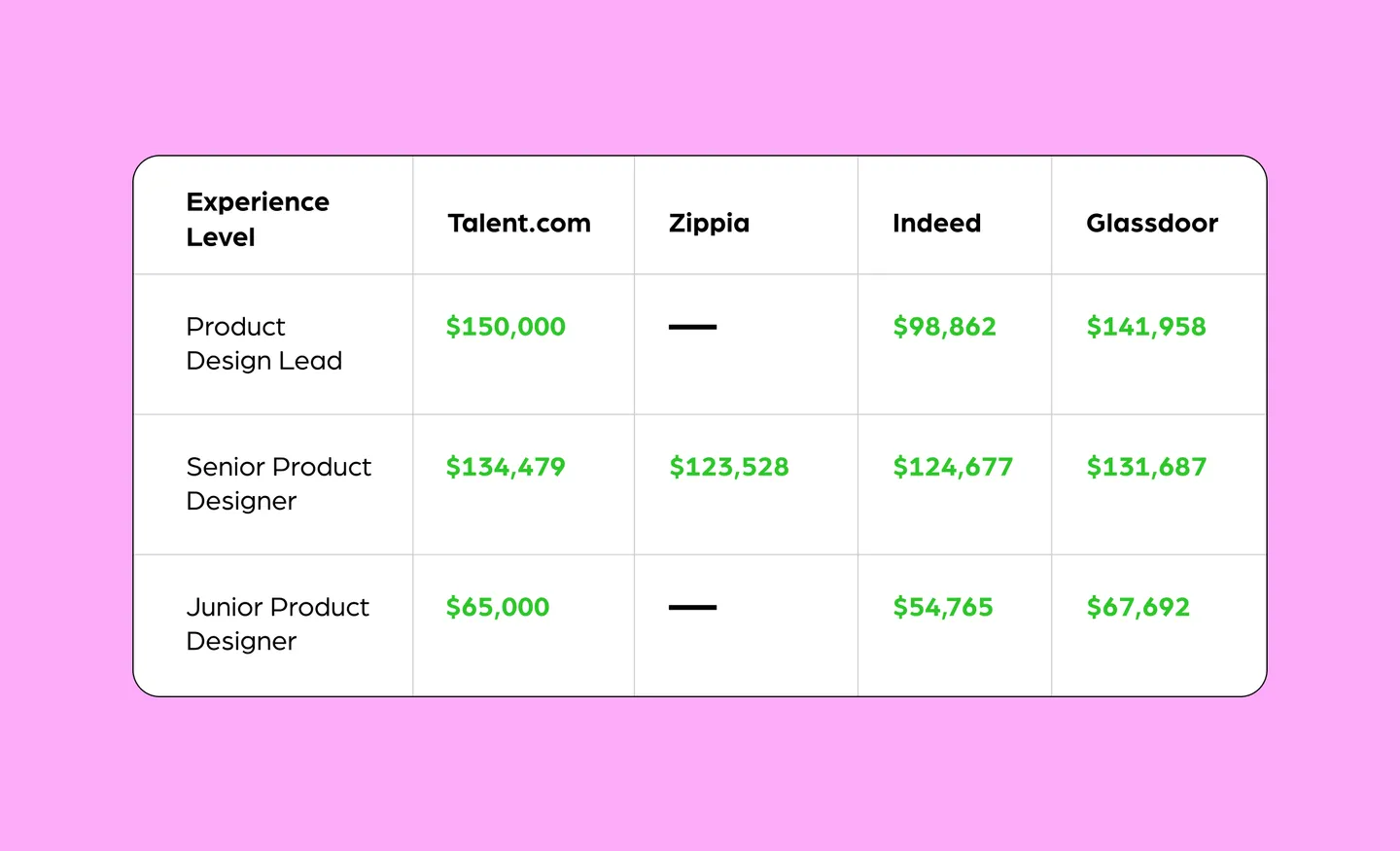
There is a large difference between the salary for lead product designers extracted from Indeed versus Glassdoor and Talent.com - it’s roughly 66% lower. However, this could be from varying data collected from their platform, or it could be because of a difference between the base pay, and their total pay (inclusive of additional allowances or compensation).
PayScale also states that an entry-level product designer with less than one year of experience earns an average of $74,477 - this includes tips, bonuses and overtime pay. However, those with more experience are recorded to earn the following:
- One to four years experience: average of $85,104
- Five to nine years experience: average of $97,762
- 10 to 19 years of experience: average of $100,754
Surprisingly, PayScale also records that those who are late in their career (20 years and higher) earn an average of $86,203 - close to the current market rate recorded for those with one to four years of experience!
Product designer salary by company
This role is in high demand among large tech companies – if you manage to bag a role in one of these places, you’re looking at a much higher salary compared to average figures. For example, here are estimates of total average yearly salaries in a couple of popular companies, according to Glassdoor:
- Meta: $132,520
- Apple: $153,172
- Twitter: $164,444
- Google: $167,159
- Microsoft: $178,160
Product designer salary compared to other roles
Product design is well-paid – but how does it compare against other creative or design roles that are common in the tech industry? We looked at average nationwide (in the US) salaries for following roles, with data sourced from Talent.com:
- Graphic designer: $48,754
- 3D artist: $74,818
- Motion designer: $76,205
- Creative director: $100,000
- User interface (UI) designer: $100,000
- User experience (UX) designer: $105,000
- Product designer: $119,713
Product design doesn’t just pay well, but on average pays a bit better than other creative and design roles. This reflects a product designer’s broader set of responsibilities. Other design roles, such as graphic designers or 3D artists, work on specific design assets. But product designers are involved in entire projects from start to finish, and even after, as they work to continuously improve it.
Tips on boosting your salary
When it comes to jobs, it’s up to you to, well…sell yourself. This means taking time to hone your skills. Boosting your salary mostly comes from experience, but there are a few other factors that can give you that extra lift when it comes to negotiating your worth.
1. Level up with education
According to Zippia, product designers with a Doctorate degree earn higher, followed by Master’s degree and Bachelor’s degree. So, you might want to level up. If you are keen on pursuing product design as a full-fledged career path, consider taking some courses (if you haven’t already) to build your certification list.
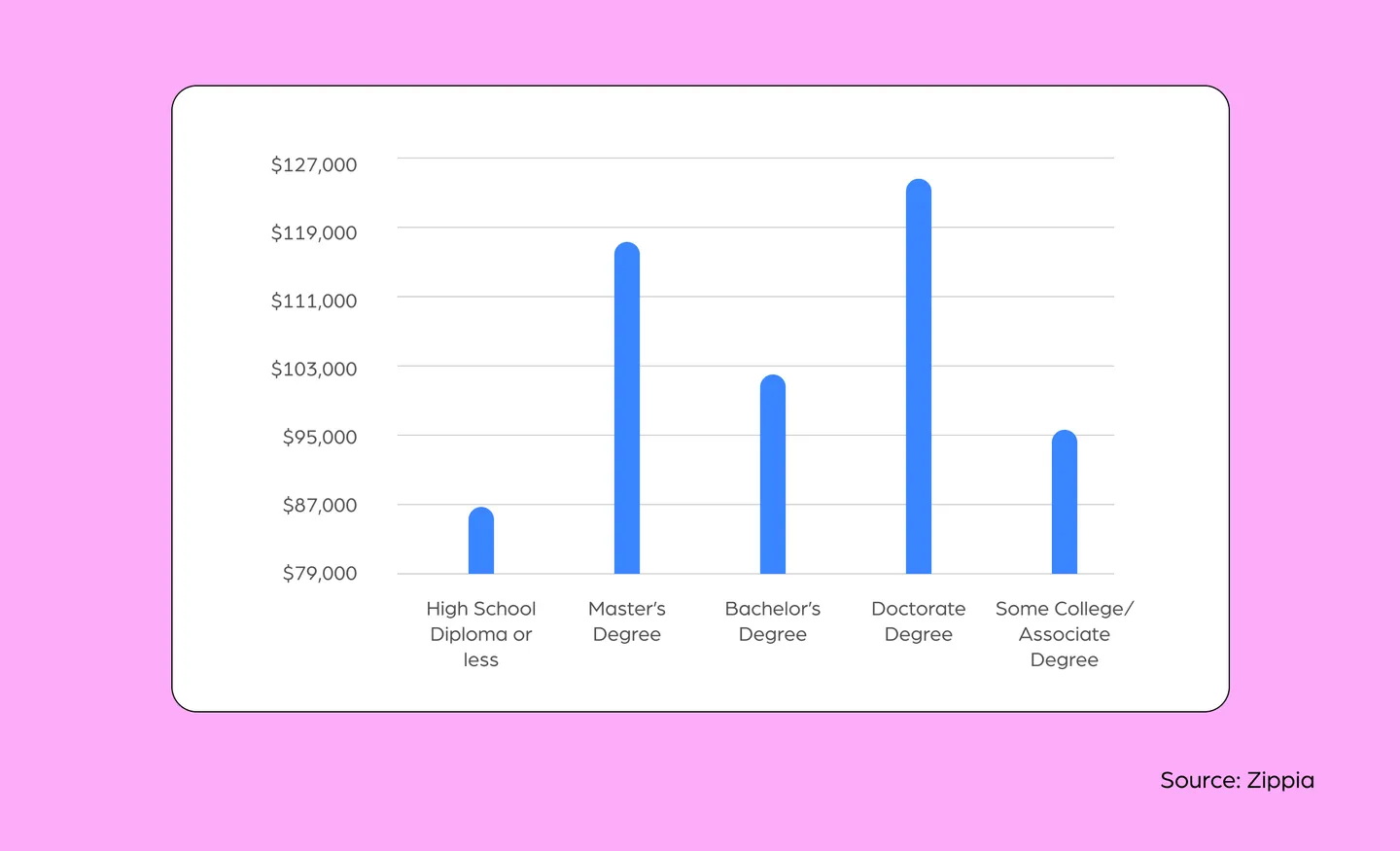
As you can see, those with some college or associate degree earn higher than those with a high school diploma or less. For those who are already working, opt to take online courses that do not require physical attendance. We found a 12-week course - Master Design Thinking by MIT - that may be worth checking out.
2. Check out online courses
There are plenty of online courses available for product design, and employers love certifications - it also gives them the perspective that you’re passionate enough to pick up new skills. Plus, certifications basically tell the employer that you’re ready and geared up for the job.
Having certain skills also affect your product designer salary. Statistics from PayScale reveal that you can get a higher wage if you have certain skills.
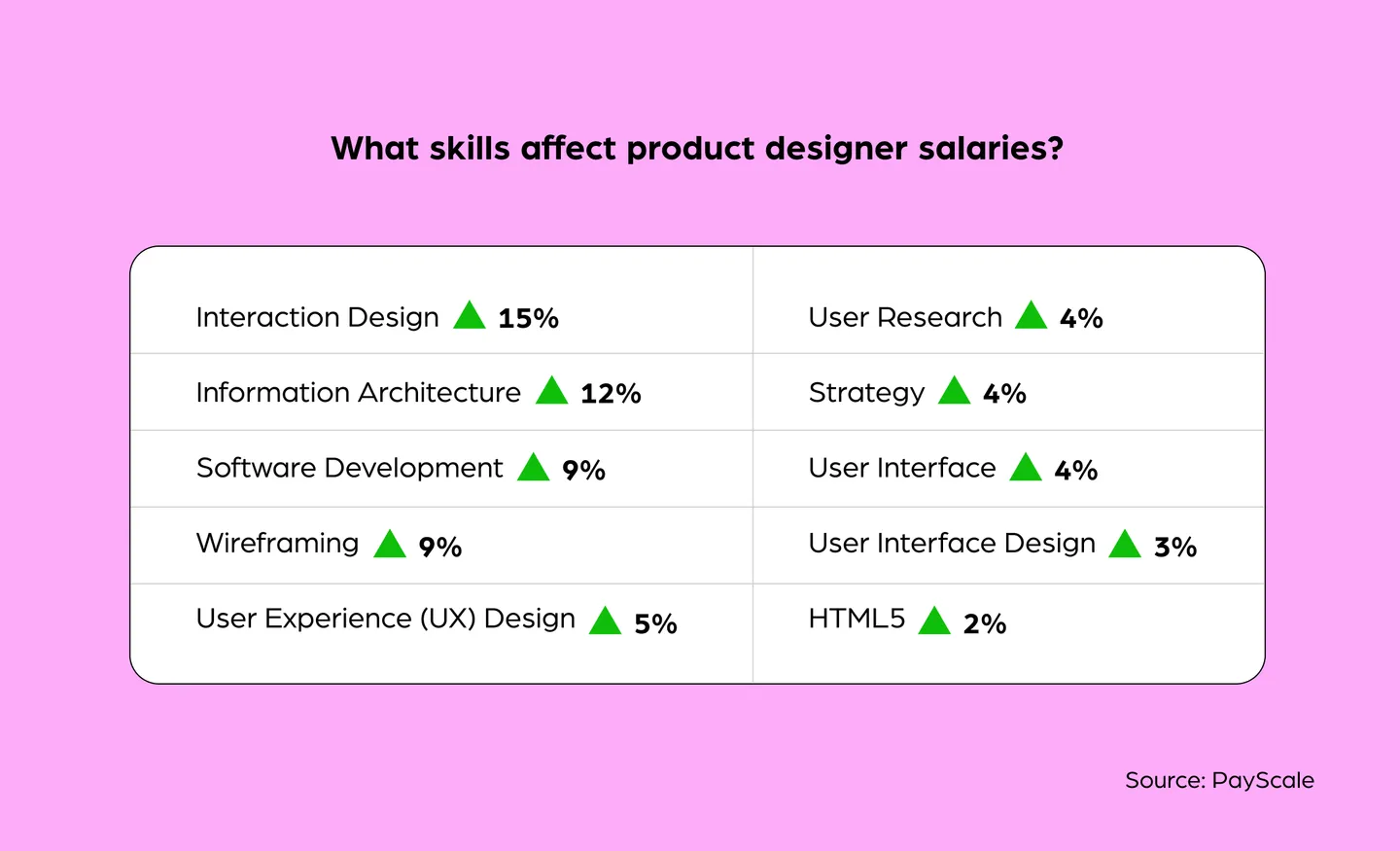
For example, interaction design can give you a 15% hike in salary!
You can check out platforms such as Coursera that give certificates upon course completion - it includes Google’s UX Design Certificate course too.
Earn extra with freelance opportunities and side gigs
Being a designer gives you an extra perk - the ability to freelance or part-time. So, if you are looking for some extra cash on the side, get a freelance gig.
According to Glassdoor, a freelance product designer salary is at an average of $105,273 annually. But bear in mind that freelance jobs vary - there are some that are based at an hourly rate, while some may be based on a project basis. It depends on the company and what they need.
Over at Talent.com, the average for a freelance product designer is at $130,000 annually, based on 21 salaries - this is about $66.67 per hour. You can find freelance work on these job boards by simply searching “Freelance Product Designer”. Other than that, you can check out platforms such as Upwork or Fiverr as well with short-term projects you can take on.
You could also use your supporting skills such as graphic design to earn side income - there are so many opportunities available, including creating design assets to sell on IconScout. We have some of the highest royalty payouts in the industry! Find out more about being a contributor on IconScout and how you can get started today.
Go on, score that product designer job
With every job, there is always some sort of competition when it comes to scoring a role. With that, there are a few things you’ll need to have on hand to strengthen your application to companies.
- Design portfolio: When it comes to any design role, you will always need a portfolio on hand to showcase all the amazing work you have done. This gives the hiring manager an idea of your capabilities and skills. You can put items such as the final output of a website landing page you’ve worked on, or some personal work you have done as practice. If you have no work experience, take time to work on building your portfolio and cook up some design work - this also shows your passion for your work.
- Know the latest trends: Keeping up with the latest trends is good, so you can give your recommendations during the interview to give you a good edge as a candidate. Currently, product designs trends of 2022 include code-based design and sustainable web design.
- Understand the business: Before you head into your interview, conduct your research on the company products, especially their mobile app (if they have one) and website. That way, you can answer design questions tailored to their product, giving you more brownie points for your interview - companies love candidates who do their research.
With that, we hope that you score a great job in product design and that this guide has helped you determine your product designer salary. Go on, get em’ tiger.
Related Blogs
Access the world's largest Design Ecosystem: Assets, Integrations, and Motion.
